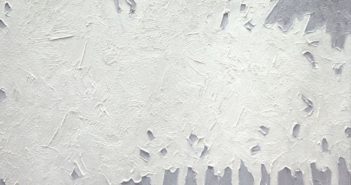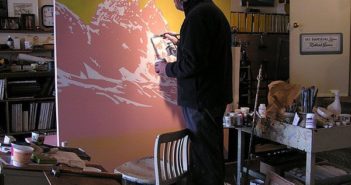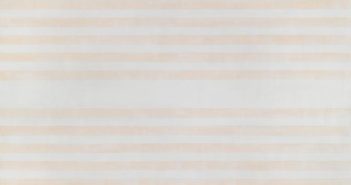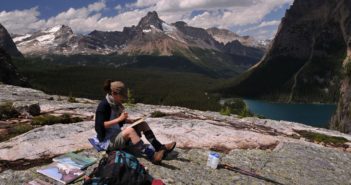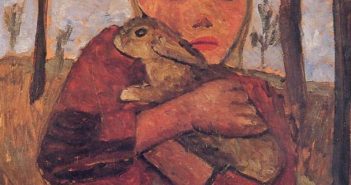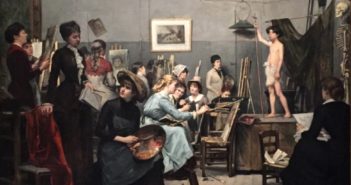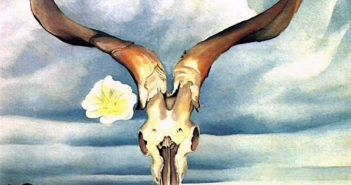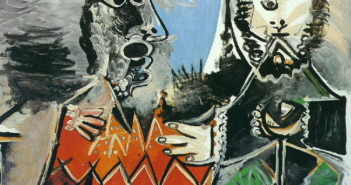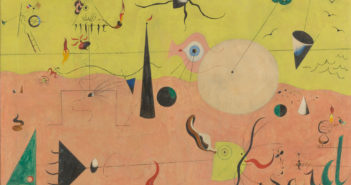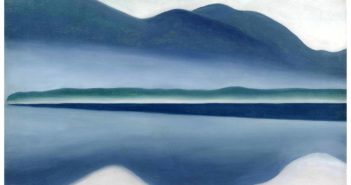
Art and happiness
In the recently published Against Happiness, popular writer Eric Wilson disparages our current love affair with putting on a happy face. With our “feel good” culture and the widespread use of happy drugs, everybody’s trying to be cheerful and there are no decent dollops of melancholy and sadness, he says. When this happens art becomes bland, unchallenging and redundant. Dr. Thomas Svolos of the department of Psychiatry at Creighton University School of Medicine thinks Wilson is right. “When you’re melancholy, you tend to step back and examine your life,” he says, “That kind of questioning is essential for creativity.”

